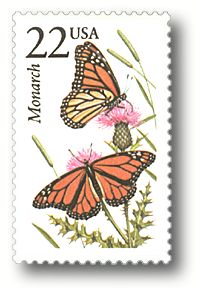One of the sure signs of spring — monarch butterflies (Danaus plexippus) — might be harder to find this year, scientists announced this week. The number of monarch butterflies at winter breeding grounds in Mexico is around 78 million , down from 100 million a year before. The figures illustrate the striking decline in the migrating butterflies' population in past two decades. Today, monarchs number less than one-tenth of their population in 1996, when scientists estimated a whopping 1 billion of the insects. Monarch populations are measured by the number of acres of trees occupied by clustering butterflies that spend the winter in Mexico. This year, monarchs covered about seven acres of trees, down from 10 acres last year. Two decades ago, the butterflies occupied as many as 44 acres of trees, according to Monarch Watch. After spending winter in Mexico, the monarchs flap their way north into the USA and Canada in the spring and summer. No single butterfly finishes the entire journey; it takes a few generations to complete the trip. In the spring and summer, the monarchs live only about 2-5 weeks. A final generation then migrates back south to Mexico in the fall to start the cycle over again. Declining milkweed, the monarch caterpillar's only source of food, has hampered the insects' 2,000-mile journey in recent years. The plant's decrease is linked to an uptick of herbicide-resistant crops.
Source: USA Today, 15 Feb 2017
http://www.usatoday.com/story/tech/sciencefair/2017/02/15/monarch-butte…

- Login om te reageren
